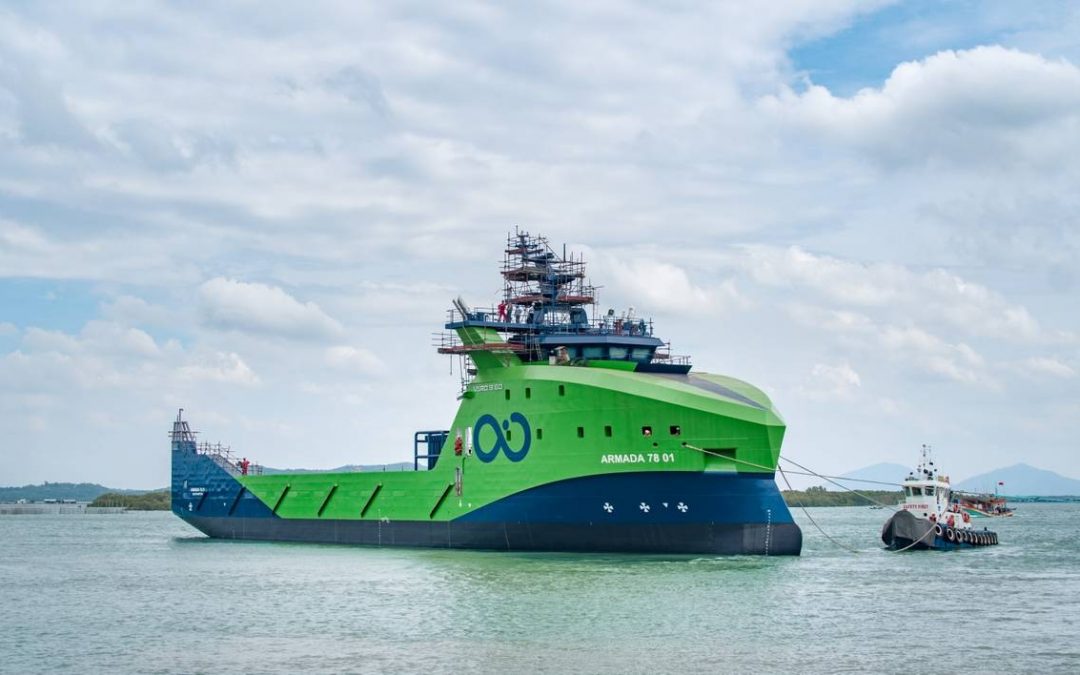Marine robotics company Ocean Infinity has completed the first trial of its remote survey system, reaching an ‘important milestone’ in readiness for the Armada fleet of unmanned surface robot vessels.
According to the company’s update on social media, the demonstration was completed from the UK-based remote control centre while the vessel was mobilised in Sweden with hydrographic and geophysical gear.
The data was streamed over satellite communications from the vessel’s location directly to the remote control centre in the UK, Phil Hart, a member of the survey systems integration team explained.
During the trial, the team in the remote control centre had full control of the different payload sensors on board the vessel and was able to change any settings to the different instruments.
Hart added that the team worked toward overcoming communications and satellite bandwidth challenges to ensure that the online surveyor has the amount of data at the right granularity to assess the quality and quantity of data.
As stated in the update, the positive outcomes from the trial were the stability of the software and the configurability for the user to set up different calculations and thresholds for the traffic lighting system,
To remind, Ocean Infinity revealed it had established Armada in February 2020. The marine technology and data company was initially set to add marine robots to the company’s current fleet of autonomous underwater vehicles (AUVs).
The vessels will be able to perform offshore data acquisition and intervention in both shallow and deepwater operating regions. They will use a range of underwater platforms, including remotely deploying AUVs and remotely operated vehicles (ROVs).
Sonardyne will provide the key sensor technologies for underwater platform navigation, tracking, control and communications, as well as ensuring uninterrupted surface navigation, while Palfinger will provide rescue boats and davits and tailor-made winches for anchoring and mooring operations.
Armada fleet will feature DNV’s ShipManager fleet management software for planned maintenance, procurement and business intelligence as well as Valeport’s sensor technology for sound velocity and bathymetric data.
The construction of the first robotic vessel in the second phase of the Armada fleet began in 2021 at the Vard Vung Tau shipyard in Vietnam.
In October last year, Ocean Infinity awarded Greensea Systems with a contract to provide OPENSEA as the open architecture platform for the Armada Dynamic Payloads Control (DPC).
Source: Offshore Energy





